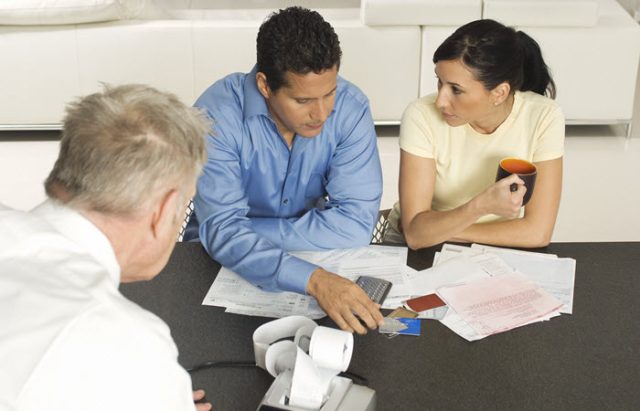Source: Dumb Little Man

Divorce is a long and emotionally difficult process. You’ll be making hard decisions about your house, children, and the debt you incurred while you were a couple.
Separating your emotions and finances from your soon-to-be-ex is a complicated procedure.
You must take the necessary steps to protect your assets and finances. The faster you get out of joint debt, the better.
We’re talking about everything from what qualifies as joint debt and how to use quick loans to your advantage. Here is everything you need to know about what happens to debt when you get divorced.
What is Joint Debt?
Put simply, joint debt is a debt you have accrued with your spouse. This can take on various forms, such as an overdraft or joint bank loan.
One of the most common joint debts is a marital home. As long as both of your names are on the mortgage, both of you are responsible for repaying it. The same applies to car loans and joint credit cards.
You will be equally responsible for the entire sum of debt incurred and not just half. What you are not responsible for is any debt that your partner incurred before you were legally married. You are only liable for debts that have been co-signed.
What Happens to Shared Debt During a Divorce?
Statistics show that those under the age of 35 owe an average of $67,400. Those between the ages of 35 to 44 owe $133,100. This is a hefty sum to try and separate for couples on the verge of divorce.
Upon filing for divorce, you may expect your debt to be split in half by your lender or creditor, but this is not going to be the case. By law, both during and after divorce, you and your ex-spouse are still legally responsible for the entirety of your shared debts.
Draw up a Separation Agreement
You and your ex-partner are liable for paying off your joint loans/debts. As long as both your names are still attached to your debts, they will continue…
The post How A Divorce Affects The Debt That You Took Jointly With Your Spouse appeared first on FeedBox.